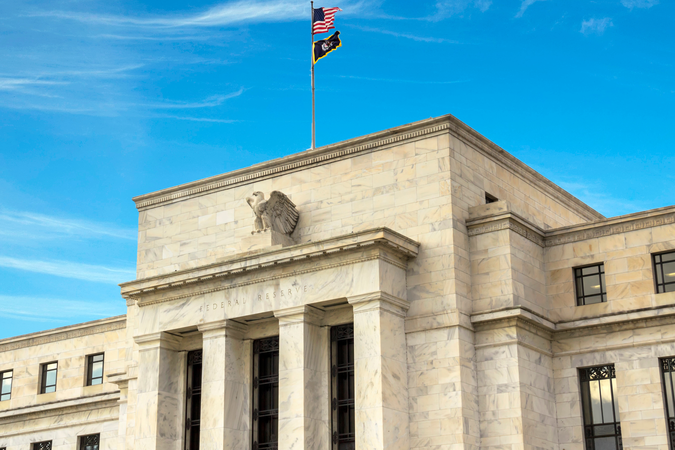Can Parametric Microinsurance Improve the Financial Resilience of Low-Income Households in the United States?
This paper presents a review of the evidence for implementing parametric microinsurance in the United States, with spillover lessons for other highly developed countries.
Abstract
Natural disaster risk is escalating around the globe and in the United States. A large body of research has found that lower-income households disproportionally suffer from disasters and are less likely to recover. Poorer households often lack the financial resources for rebuilding, endangering other aspects of wellbeing. Parametric microinsurance has been used in many developing countries to improve the financial resilience of low-income households. This paper presents a review of the evidence for implementing parametric microinsurance in the U.S., with spillover lessons for other highly developed countries. We discuss the benefits and the challenges of microinsurance in a US context and explore 4 possible distribution models that could help overcome difficulties, with policies being provided: (1) by an aggregator, (2) through a mobile-based technology, (3) by linking to other products or retailers, or (4) through a public sector insurer.
For more, click "View Journal Article" above. The paper is open access.
Authors

Helen Wiley
Wharton School, University of Pennsylvania





